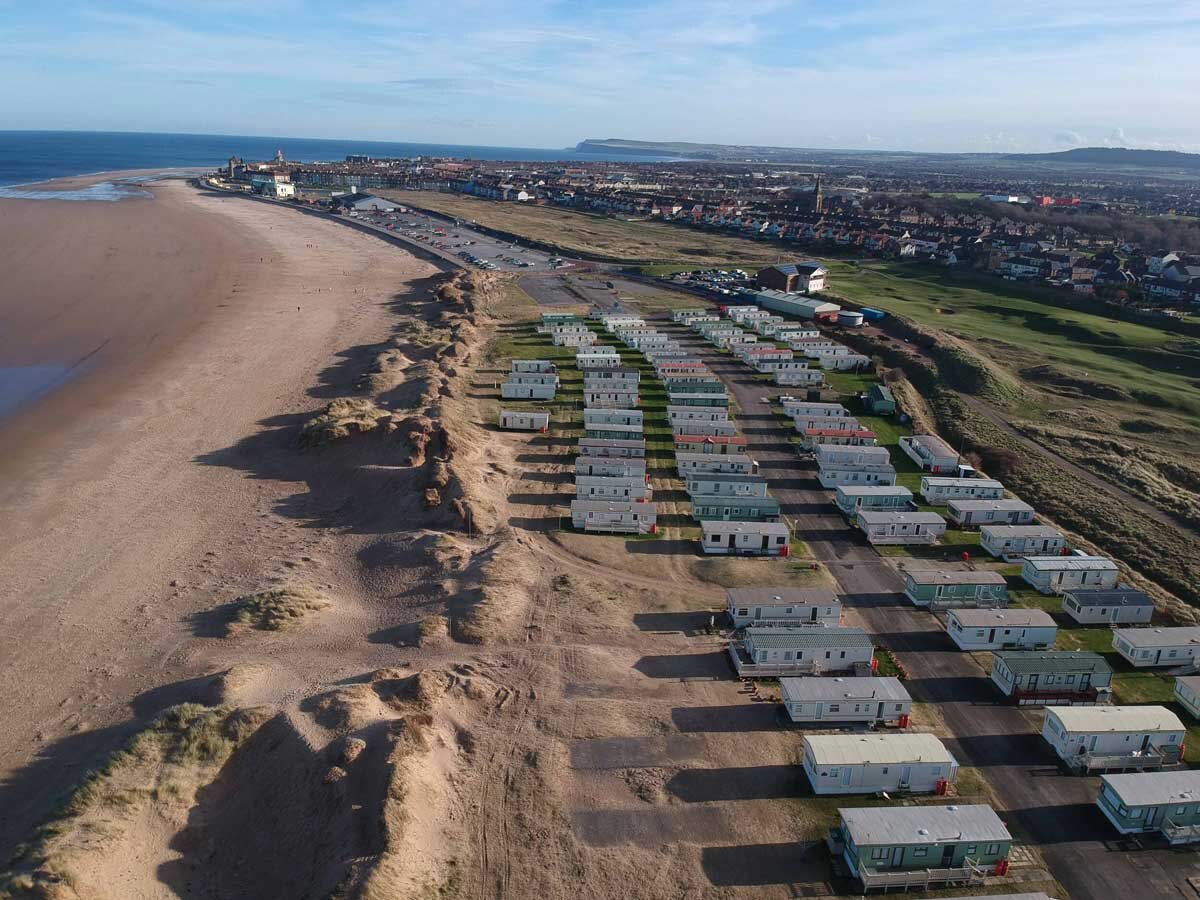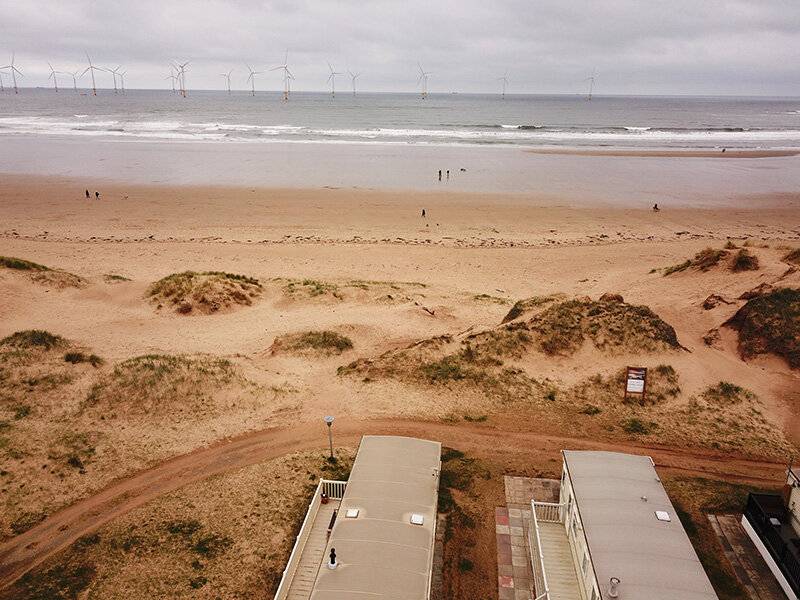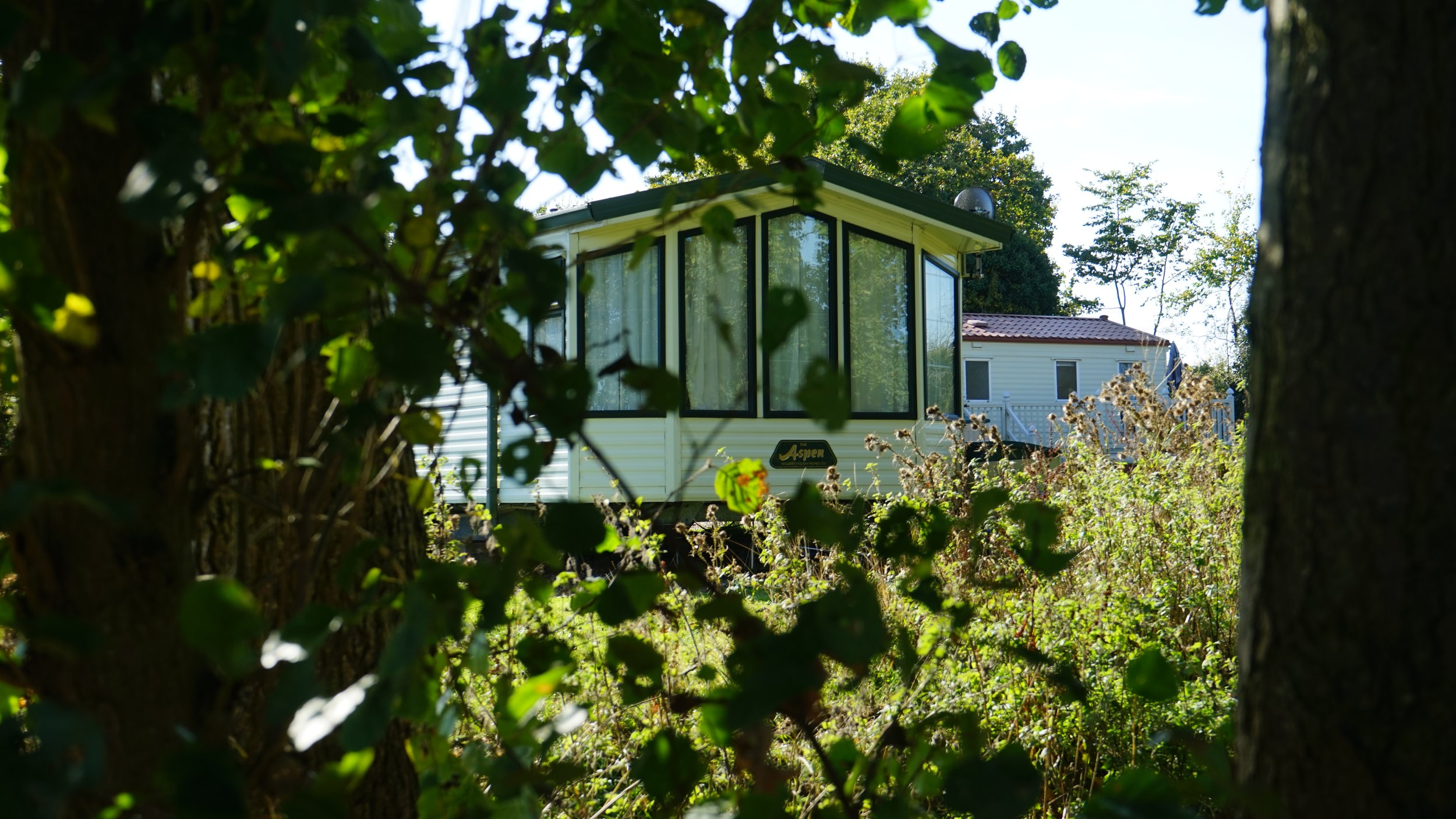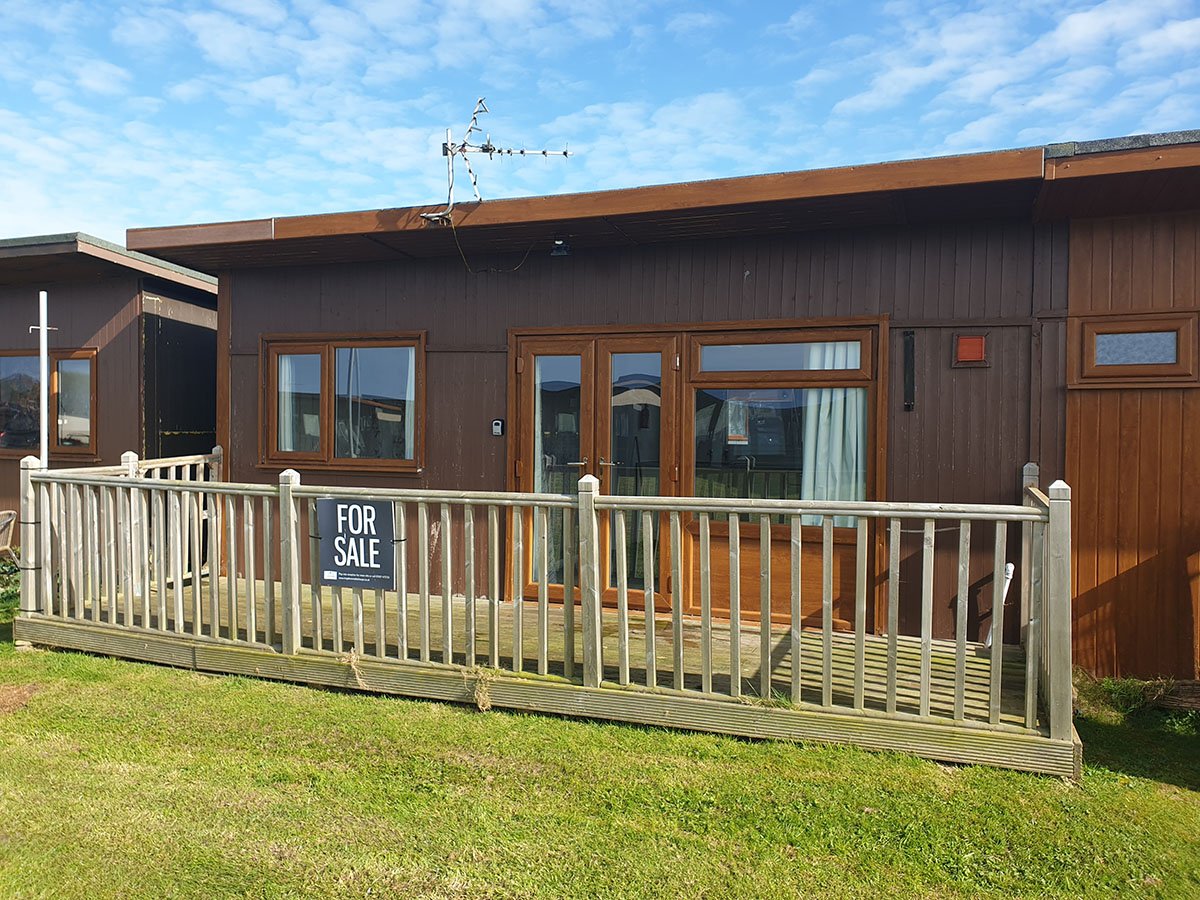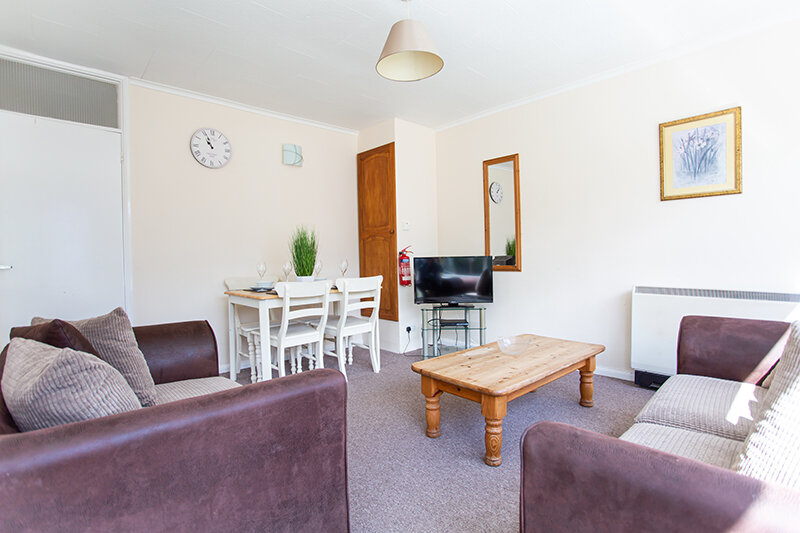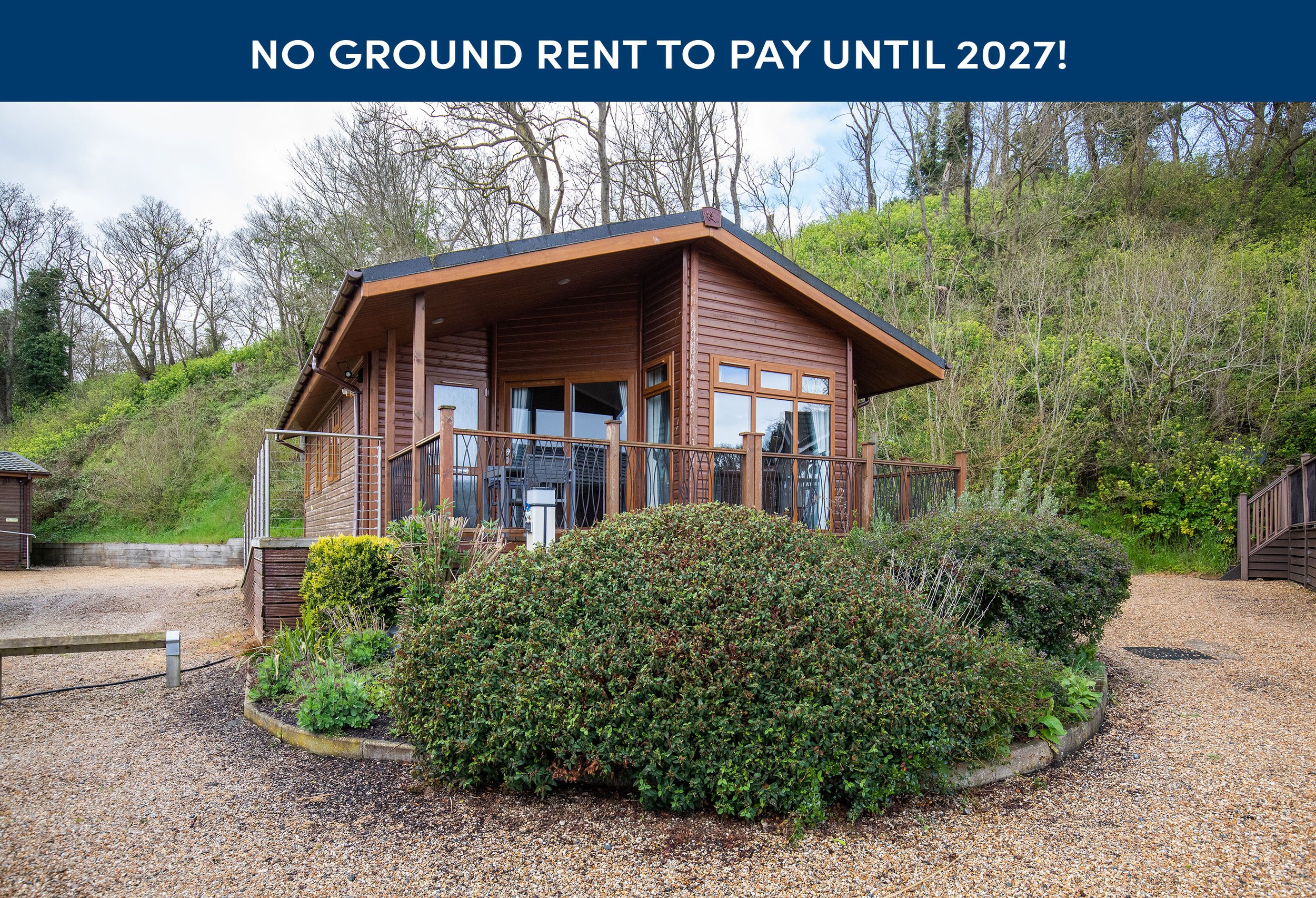We take a journey back in time to discover how merchants trading along the ancient Silk Roads laid the linguistic foundations for today’s luxury lodges. It’s a journey that takes in the development of the touring caravan and the very beginnings of the UK seaside holiday lodge. Join us on a trek from desert raiders to seaside rest and relaxation.
It’s ironic that the story of the static caravan begins with a journey…
What we know today as a luxury holiday home can be traced back over a thousand years to the origins of the word ‘caravan’. Taking in influences from Middle Persian, when it was karawan, and Old French where it became carvane, a caravan was actually a group of people. They were usually traders and merchants, travelling by camel or horse, along the old Silk Road through South Asia, Persia and the Arabian Peninsula. These were difficult routes, though treacherous desert terrain. Being in a large group was protection against bandits and robbers. From a racing and business point of view it was also cost effective.
Caravans from the 2nd century to the 20th century
The caravans trekked along the Silk Roads from the 2nd century to as late as the 18th century. By the 19th century the idea of a caravan had begun to move on. Inspired by the Romani people who lived and travelled in their horse drawn caravans, Samuel White Baker bought one of the vehicles, in 1879, and took it to Cyprus for a tour. By 1880 the Bristol Wagon and Carriage Works had built a ‘leisure trailer’ for Dr William Gordon Stables. At 5.5m long it was loosely based on the wagons used by preachers in the American west. Already established as a children’s author, Stables wrote a book about his travels around the UK in his caravan. Other gentlemen took up the idea, including the Duke of Newcastle who followed suit with a specially commissioned caravan he called The Bohemian. Although still largely the preserve of the wealthy, caravanning was rapidly gaining popularity. 1901 saw the establishment of The Camping and Caravanning Club, the first organisation dedicated to the new recreational pursuit. After World War One things moved quickly, in so many ways. In 1919, in Birmingham, Eccles Motor Transport Ltd produced the first motor car towed caravan. Able to produce them in commercial quantities they had in effect created the blueprint for all touring caravans that followed it and laid the foundations of the modern caravan and camping industry.
Caravan holiday homes and the accessibility to holiday time
Given the nation’s insatiable appetite for the outdoor life, and increasing accessibility to holiday time with pay, it was almost inevitable that, soon, there would be a static version of the caravan on offer. ‘The Cara-bung’ arrived in the 1930’s. Its name was, of course, a fusing together of ‘caravan’ and ‘bungalow’; it was the first commercially produced static caravan and it was aimed at the growing market for affordable holiday homes. Here was a caravan that could be left sited, rather than toured around, on one of the ‘caravan parks’ that were springing up around the country. Somehow it felt like a false start. It was all too new an idea perhaps for a country about to take a downturn in prosperity and face up to a looming world war. The Cara-bung was not an instant success.
Post war and the static caravan site
With World War Two over, and peace and prosperity fueling the beginnings of a leisure boom, the static caravan came into its own. New manufacturers entered the caravan market and more entrepreneurs set up caravan sites. Many of those site owners bought caravans themselves and permanently sited them, to rent them out as holiday accommodation. The obvious choice for that venture was a static caravan. ‘The Jenkinson Mobile Cottage’ was just one of the models selling in large numbers by the late 1940’s. As the 1950’s got under way the great British public took static caravan holidays to its heart. Renting one was hugely popular; and buying one was becoming very attractive. It was a turning point.
Caravan sites were now upgraded from what had been little more than fields to well laid out parks with proper facilities. And caravans themselves went through a step change. Touring models were now better designed, and better equipped. When it came to static versions, the era of plywood (in some cases hardboard!) and camping level furnishings was over. Now came glass fibre bodies, running hot water from internal tanks, ovens and bunk beds. The static caravan became bigger too. As people became more comfortable with the idea of a static caravan holiday home, they realised that they wanted to be, and could be, more comfortable inside them. By the mid-1960s mains electricity and flushing toilets were the norm.
The launch of Tingdene in the 60’s and a new era of innovation
As the 60s drew to a close another significant event occurred in the world of the static caravan. 1969 saw the launch of Tingdene Homes. Committed to innovation from the outset the Wellingborough based company now launched benchmarking models into the residential park homes and holiday lodge sector. With an outstanding design team, custom built production facility and fully accessible indoor showroom, Tingdene set about redefining the market. Like all markets the holiday lodge demand was driven by consumer trends and the 1970’s would see static caravans embrace the furniture styles and floral fabrics that were such a feature of mainstream domestic decor. Externally the holiday lodges became more like chalets in appearance. Even in the 1980’s, as the country adjusted to a less robust economy, Tingdene were leading the field with metal roof tiles and log-clad, as well L-shaped, lodges. By now showers and fitted kitchens were all but standard items. All of that coincided with more improvements in sites and parks; swimming pools, bars and restaurants were being added.
From holiday parks to holiday resorts - holiday homes for the 21st century
It was a perfect circle. As the parks became more like resorts, the UK based holiday home vacation (the term staycation had not yet been coined) became more in demand. In turn the static caravan became ever more sophisticated. By the 1990’s Tingdene were not only introducing new low maintenance and super resistant building materials in lodges like the cottage styled Deene, they were also entering the park world with the launch of Tingdene Estates. In a market not short of new ideas and growing demand the brand stood tall among the plethora of companies now delivering the lodges and holidays that the public demanded. As we entered the 21st century the UK holiday home would become even more desirable. A growing realisation that the UK has so much to offer, an awakening of the need to reduce the number of times, and miles, we fly, together with a more finically savvy attitude to pension pots and retirement all combined to make a UK holiday lodge a very real proposition. Twenty years into the century and completely unforeseen circumstances have made us all realise that time spent with family and close friends is more precious than we’d perhaps realised. Where better to do that, when time, and other circumstances, allow, than in your own UK holiday chalet or holiday home?
It’s all a long way from the Silk Roads of ancient Persia. As lavish as the merchants’ tents may have been, they were unlikely to have offered the complete home comforts of a modern static holiday home. Today the interiors of a holiday lodge are barely distinguishable from home. Bathrooms and bedrooms are fully equipped and generous in size. Living spaces are bright, airy and ideal for relaxing.
In a way it’s all come full circle. It’s no longer about the lodge being a static caravan. What’s important, what defines it now, is that once again it’s a group of people, your family and friends; people who have come together for a common purpose. To relax and have fun. You won’t need to worry about desert bandits. But it’s still very cost effective.









